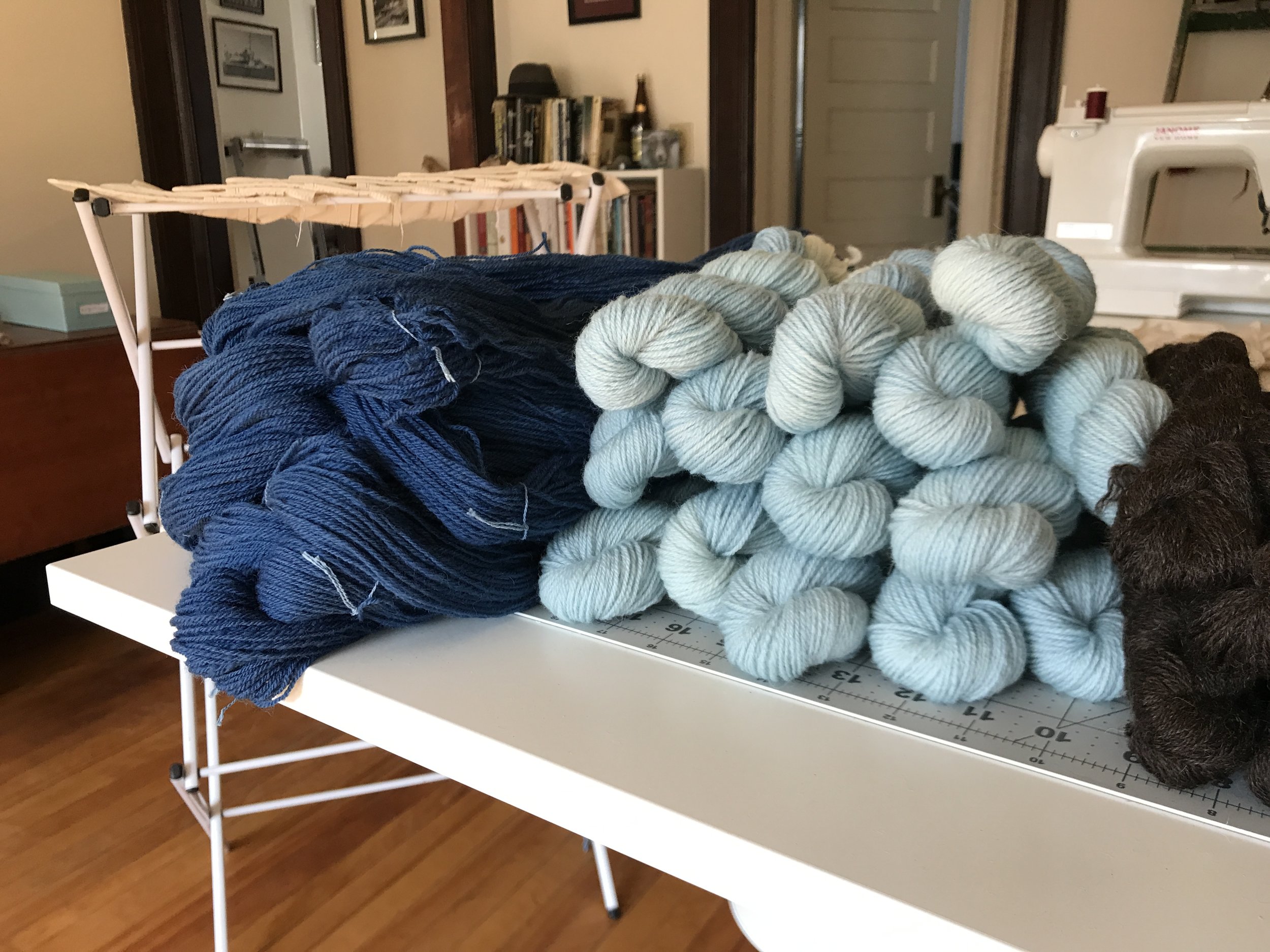I am usually the last person to hear about things, so I suspect that the entire sheep-interested world has already heard about this, but I just found about it and I am ridiculously excited.
According to this article in the Washington Post (to name one, a quick Google search shows that many other news organizations also ran the story) the topography and lack of roads in the Faroe Islands make it impossible to photograph the islands for Google Street View using the normal cameras mounted on cars. The folks at Google were just willing to let it go, but the Faroe Island tourism board very much wanted to add their islands to Google Street View, and so they strapped solar powered cameras to sheep. Which is honestly just the coolest solution. (Although it actually turns out that sheep are generally too focussed on grazing and therefore move across a space too slowly to be much good at photographing an area - so most of the footage of the Faroes that is currently on Google Street View was actually taken by human hikers).
The Sheep View footage is available on the tourism board website, and a lot of it made it onto youtube.
On a more knitting related note, I have been longing to knit Kanoko Socks by Mary Jane Mucklestone, published in Making Magazine No. 3, ever since I saw her wear them during the Wool Scout Retreat at Bradford Camp this August. As usual, I got a little sidetracked and my knitting queue got in the way, but when MJ’s Instragram post came across my feed announcing that the pattern was being released for individual sale on Ravelry they immediately jumped to the head of the line. I started knitting them a few days ago (using my Straw’s Farm Island Sheep fingering weight) and am thoroughly enjoying them. The four rows of dots are charming in cream, but they would also be charming in different colors. Yup, I’m plotting kits….










